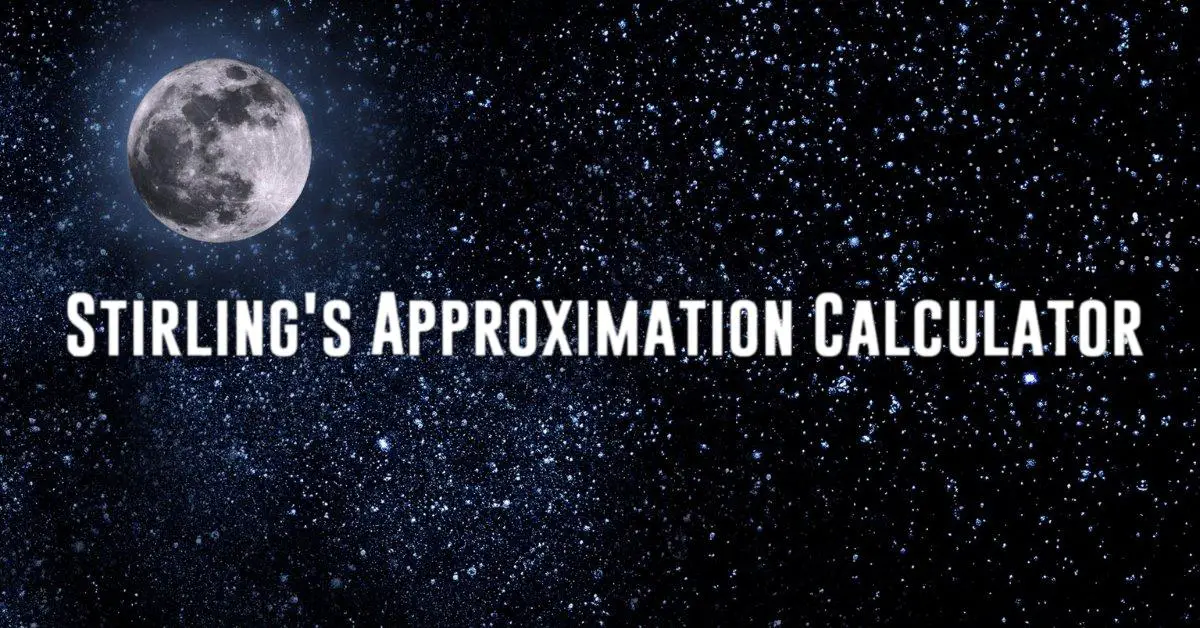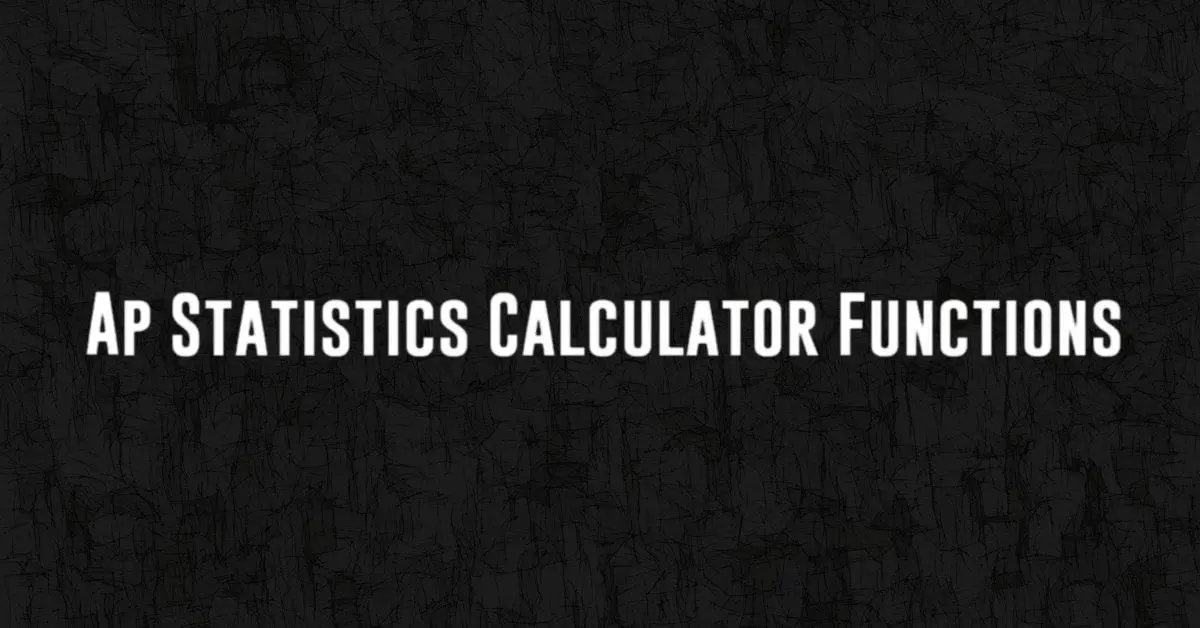What is Stirling’s Approximation?
Stirling’s approximation is a mathematical formula used to approximate large factorials. It was first derived by the Scottish mathematician James Stirling in the 18th century. This approximation is especially useful when dealing with factorial calculations that involve large numbers, making it a valuable tool in various fields such as physics, engineering, and statistics.
How Does Stirling’s Approximation Work?
Stirling’s approximation states that for large values of n, the factorial of n (denoted as n!) can be approximated by the square root of 2π times n raised to the power of n, multiplied by the exponential function of negative n:
n! ≈ √(2πn) * (n/e)^n
Where n is a positive integer, e is the base of the natural logarithm, and π is a mathematical constant representing the ratio of a circle’s circumference to its diameter.

Why is Stirling’s Approximation Useful?
Calculating factorials of large numbers can be computationally intensive and time-consuming. Stirling’s approximation offers a more efficient way to estimate these values without the need for complex calculations. By using this formula, researchers and scientists can quickly obtain approximate results that are sufficiently accurate for many applications.
Applications of Stirling’s Approximation
Stirling’s approximation is widely used in various fields where factorial calculations play a crucial role. Some of the common applications include:
- Probability theory
- Statistical analysis
- Thermodynamics
- Quantum mechanics
Example of Stirling’s Approximation
Let’s take an example to demonstrate how Stirling’s approximation works. Suppose we want to calculate the factorial of 10 (10!). Using Stirling’s formula, we have:
10! ≈ √(2π * 10) * (10/e)^10
10! ≈ √(20π) * (10/2.71828)^10
10! ≈ √(62.83) * (3.6788)^10
10! ≈ 1398139.76
Limitations of Stirling’s Approximation
While Stirling’s approximation provides a convenient way to estimate factorials, it is important to note that the accuracy of the approximation decreases as the value of n gets larger. For very large values of n, the error in the approximation can become significant, leading to inaccurate results. In such cases, more precise methods of calculation may be required.
Conclusion
Stirling’s approximation is a valuable tool in mathematics and the sciences for estimating factorials of large numbers. By providing a simple and efficient way to calculate these values, this formula has become an essential part of many calculations in various fields. While it may have its limitations, Stirling’s approximation remains a powerful tool for researchers and scientists seeking quick and accurate estimates in their work.






